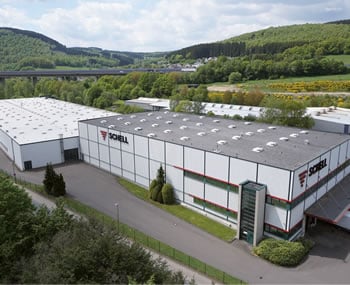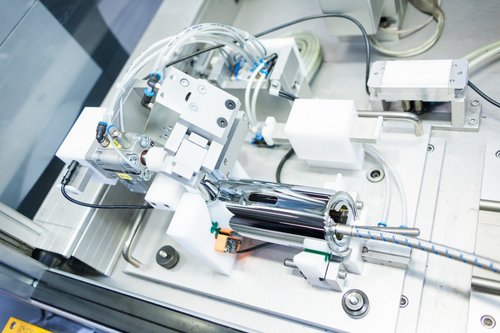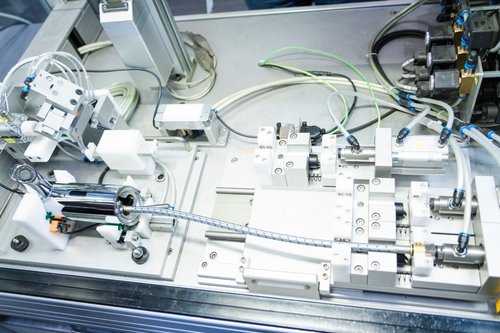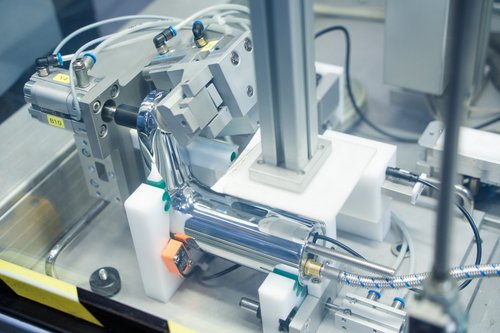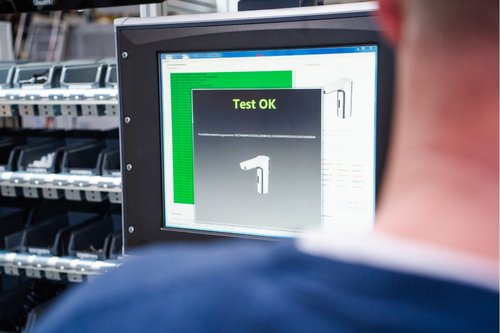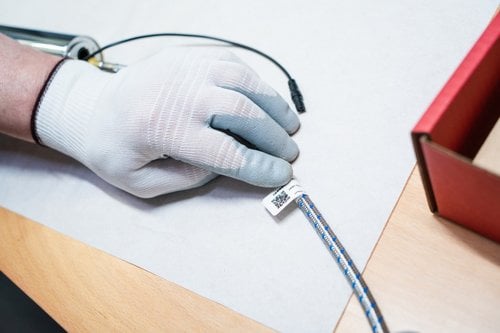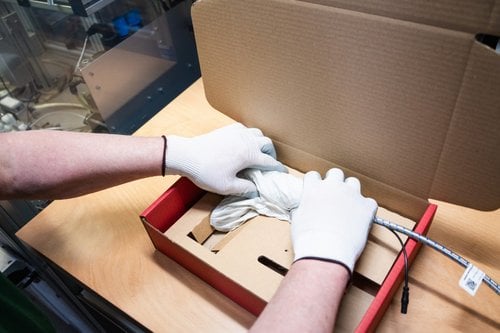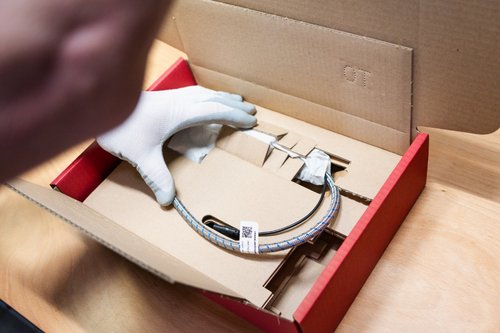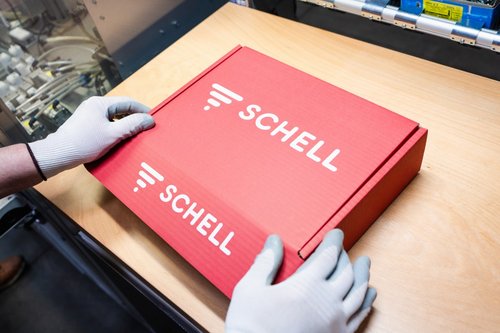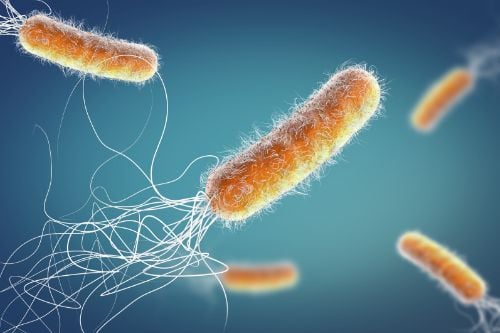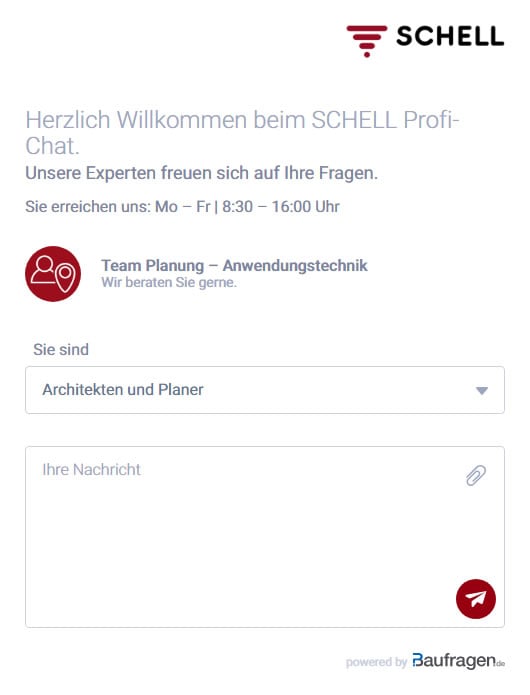Pseudomonas aeruginosa in drinking water installations – how dry-tested parts reduce the risk of contamination
It’s unfortunately all too common: drinking water installations become contaminated with Pseudomonas aeruginosa even before commissioning. As a temporary measure, the expensive and labour-intensive precaution of protecting users with sterile filters must be taken while the drinking water installation is cleaned up. Typically, the root cause will be wet-tested parts, which introduce these rod-shaped bacteria into the installation. This is why SCHELL has insisted on dry testing for many years, and so provides better safeguards for drinking water hygiene. Children and people with pre-existing conditions benefit in particular, as Pseudomonas constitutes a serious health hazard for these groups of vulnerable users. Wherever and whenever possible, planners and installers should therefore make use of dry-tested parts like fittings from SCHELL. For this reason, they should always state the need for hygienically safe products in purchase orders and the general section of tender specifications. We show you how you’re always on the safe side with SCHELL:
An in-depth look at dry testing
Leak testing
Compared with wet testing, no water is needed for dry testing. Instead, the leak tightness of parts is checked with the help of compressed air. First, the fitting is filled with air and sealed. A high-precision differential pressure gauge is then used to confirm that no pressure is being lost and the fitting is leak-tight. This kind of test is not only 100% hygienically safe but is also much more sensitive than testing with water.
Functional testing
A different approach is needed for functional tests, which SCHELL conducts to meet very high quality standards. Water has to be used here, as this involves long-term stress testing. Functional tests are conducted at a special test centre on randomly sampled products. To safely exclude any chance of contamination with Pseudomonas aeruginosa, the tested fittings are not returned to the production process and are also excluded from sale.
Benefits of dry testing
The biggest benefit of dry testing is that it prevents any chance of product contamination with Pseudomonas aeruginosa. After all: no water – no life! The testing process is also reliable and reproducible, which facilitates precise documentation and record-keeping. Testing with air is also more sensitive than with water: even the slightest leaks will always be detected.
Standards and technical codes
The applicable regulations do not state when dry or wet testing must be used. Only the safety objective is defined – but not the way to achieve it. Accordingly, these regulations simply state that products must be hygienically safe (cf. DVGW W 551-4 (A) and VDI 6023 Part 1).
Tips for planners and tradespersons – what to keep in mind
Fit-out planners are well-advised to always specify products with hygienically safe surfaces when they are completing the general section of tender specifications. For example, this is always the case if the manufacturer dry-tests their products for leak-tightness. As SCHELL has demonstrated, this is easy to do for sanitary fittings – but still not the standard in our industry! If products do need wet testing, technical codes require manufacturers to provide proof of hygiene from factory to point-of-use. After all, a product may pass hygiene testing at the manufacturer even though bacterial contamination may be ‘hiding’ under a seal. This bacterial colony could multiply along the supply chain and in residual water before commissioning, and then contaminate the entire drinking water installation. Accordingly, we strongly advise sanitation plumbers and fitters to include a statement specifying that only hygienically safe products should be supplied from wholesalers in their purchase orders.
Dry-tested parts mean safer drinking water installations
To prevent drinking water installations from becoming contaminated with Pseudomonas aeruginosa, the products used in the installation need to be hygienically safe. Dry-tested parts – like fittings from SCHELL – meet these requirements in full. For other fittings, fit-out planners and tradespersons must rely on the manufacturer’s hygiene policy from the factory to the point-of-use.

![[Translate to English:] [Translate to English:]](/fileadmin/_processed_/1/b/csm_symstemloesungen_e2_thumb_6bca267f26.jpg)
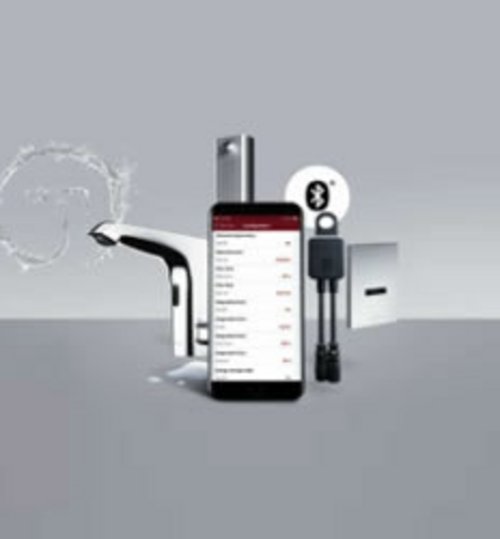
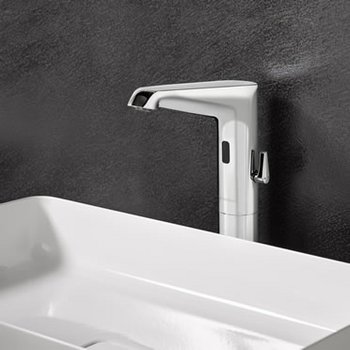
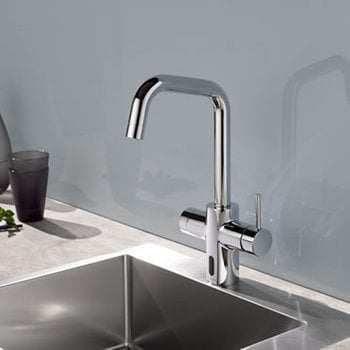
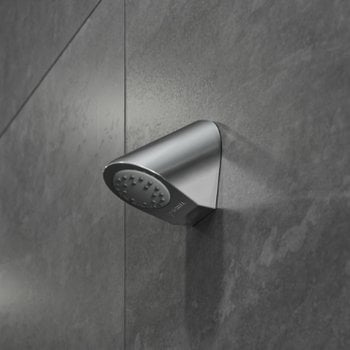
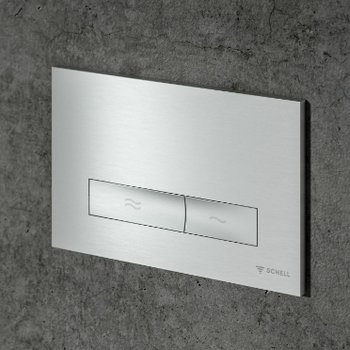
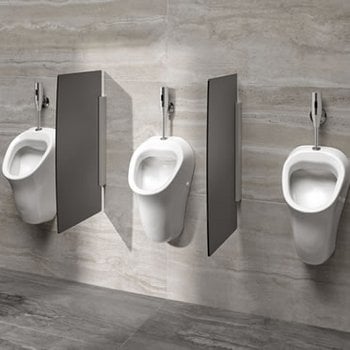
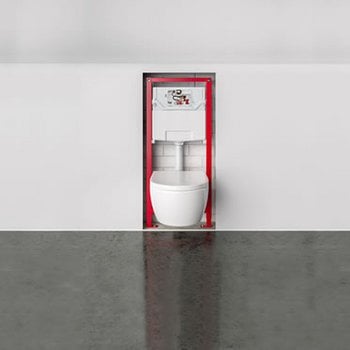
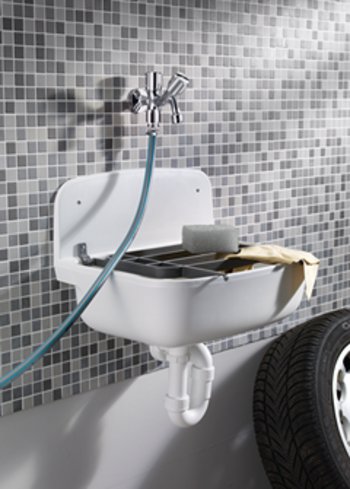
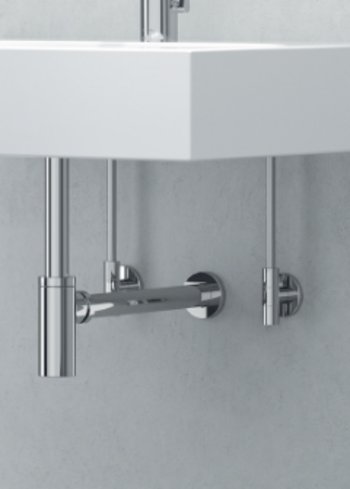
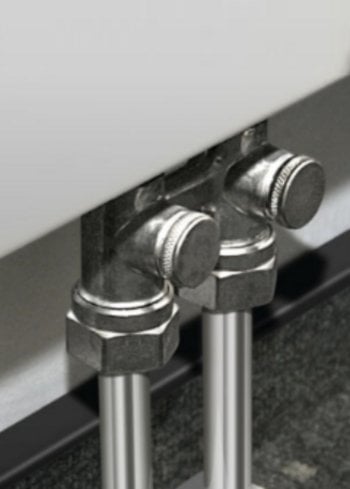
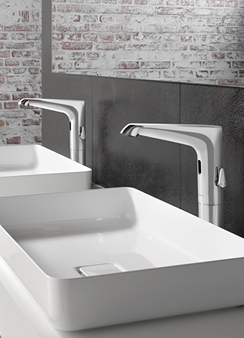
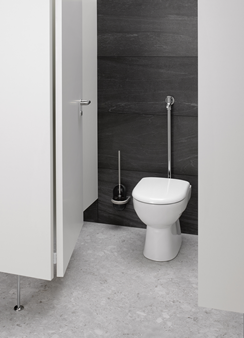
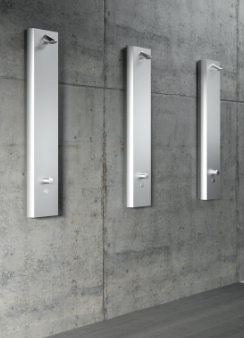

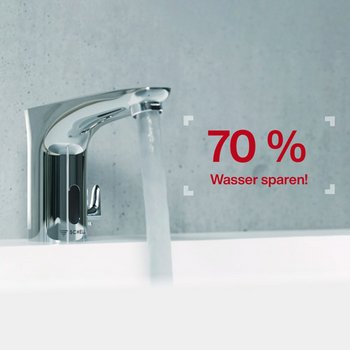
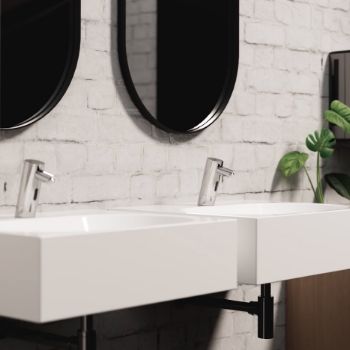


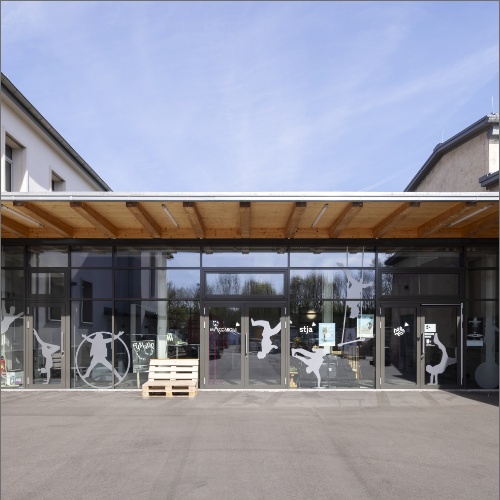

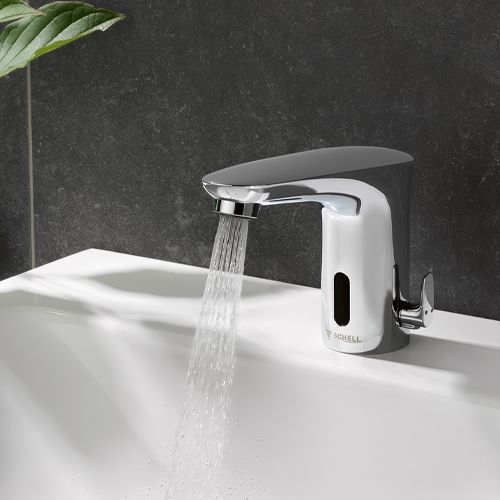
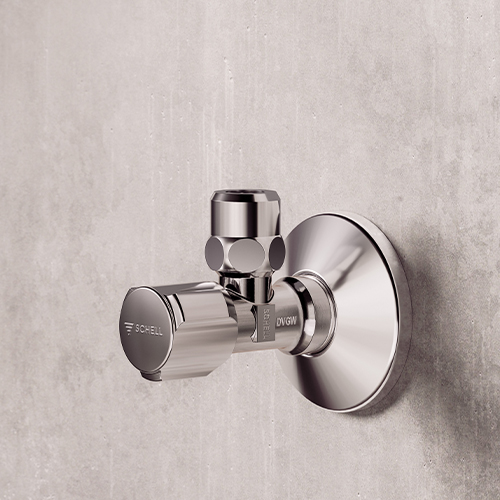
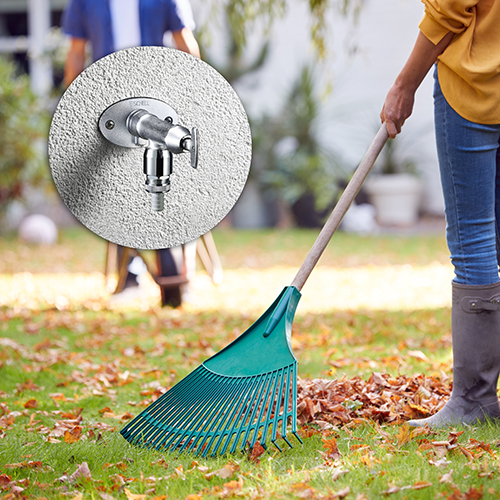
![[Translate to English:] [Translate to English:]](/fileadmin/user_upload/images/menu/menu_service_downloads_broschueren.jpg)
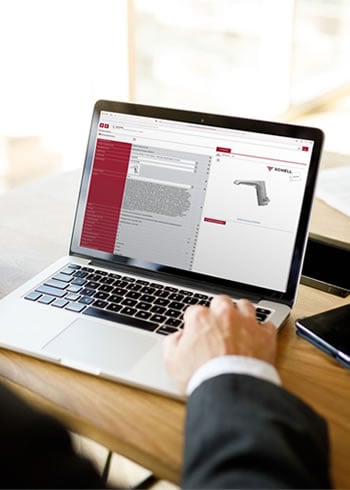



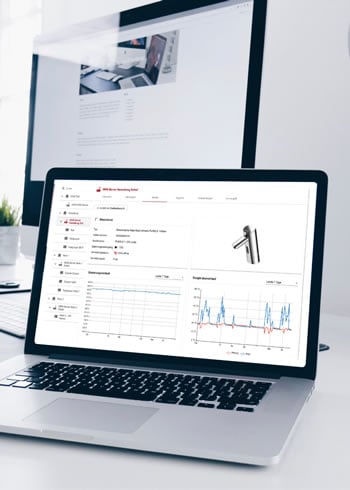


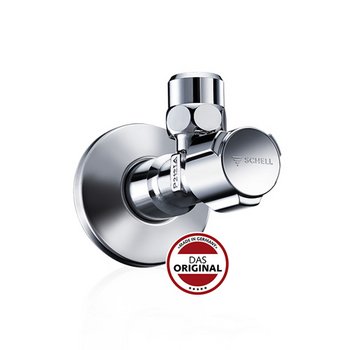
![[Translate to English:] [Translate to English:]](/fileadmin/_processed_/7/7/csm_menu_unternehmen_ueber-schell_awards_f6cec25b1d.jpg)
![[Translate to English:] [Translate to English:]](/fileadmin/_processed_/a/0/csm_menu_unternehmen_ueber-schell_wasser-sparen_41036d2dd9.jpg)



